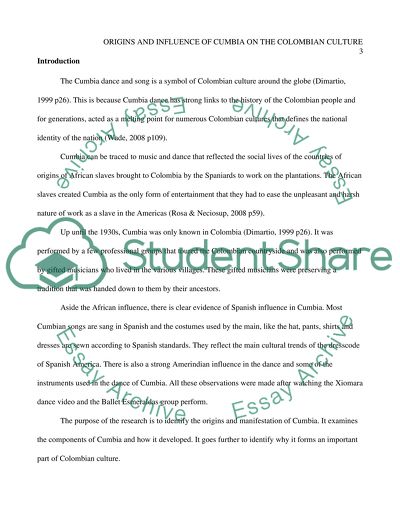Cite this document
(“Origins and influence of Cumbia on the Colombian culture Research Paper”, n.d.)
Retrieved de https://studentshare.org/education/1391463-colombian-cumbia
Retrieved de https://studentshare.org/education/1391463-colombian-cumbia
(Origins and Influence of Cumbia on the Colombian Culture Research Paper)
https://studentshare.org/education/1391463-colombian-cumbia.
https://studentshare.org/education/1391463-colombian-cumbia.
“Origins and Influence of Cumbia on the Colombian Culture Research Paper”, n.d. https://studentshare.org/education/1391463-colombian-cumbia.


